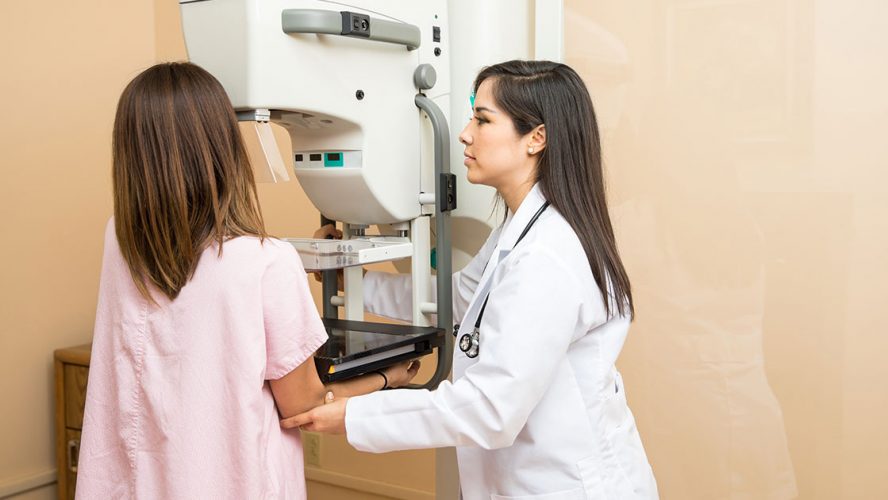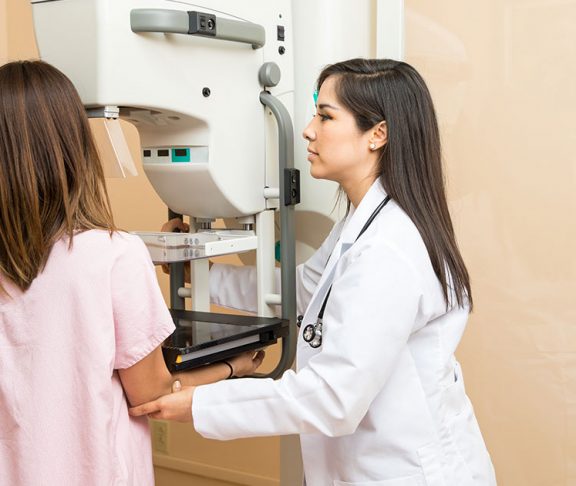Mammograms are color-blind. Or rather, a radiologist cannot infer anything about the patient’s race, ethnicity, religion or sexual orientation from the black, white and gray images. Dissociating the patient from her mammogram can assuage our unconscious bias. But there are unique aspects of breast cancer related to the diversity of our patients that should be considered when national agencies and individual patients make decisions about how to provide screening mammograms.
Data discrepancy
Since the introduction of widespread screening in the late 1980s, the death rate from breast cancer in the United States has dropped 36 percent. We attribute this remarkable success to a combination of early detection with mammograms and improved therapies. However, when compared to non-Hispanic Caucasians, African American (AA) women are 42 percent more likely to die from their breast cancer. Why?
Changing stats
Underlying biological and/or genetic factors account for some of the differences in survival. AA women present with breast cancer at an average age of 58 years, compared to 62 years for Caucasians. The tumors of AA women are also more often aggressive and fast growing, lacking surface receptors for progesterone and estrogen. And AA women in the United States have been getting breast cancer more and more every year. For as long as we have been tracking breast cancer in the United States, Caucasian women developed the disease more often than any other group. However, that changed in 2012 when AA women equaled Caucasians for the first time.
The success of treatment is also related to the size and spread of breast cancers at diagnosis. On average, when compared to Caucasians, AA women have larger tumors that have more often spread to the lymph nodes when they are first discovered. These tumors require more therapy and are harder to beat. They could be larger because they are more aggressive. But they could also be larger because patients did not seek or have access to early detection with screening mammograms.
Screening differences
Research on diverse women in Hawaii and Los Angeles found that only 36 percent of women reported regular yearly mammography over a six-year span. And AA, Hispanic and Native Hawaiians get screened significantly less than Caucasians. Other minority populations are also adversely affected by screening every other year. Breast Cancer Surveillance Consortium data show a higher risk of large tumors and late-stage disease when 50 to 74-year-old Hispanic women are screened every other year instead of yearly. The same study discovered that 40 to 49-year-old Asian women have cancer in the lymph nodes much more often when screened every other year.
As national agencies debate when to start screening (40 or 50) and offer it (yearly or every other year), we should remember that diverse minority populations may have larger tumors that grow faster and spread early at younger ages. All of these differences should compel us to provide open access to screening for all women each year starting at 40.

